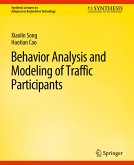
Broschiertes Buch
2. Dezember 2021
Morgan & Claypool / Springer / Springer International Publishing / Springer, Berlin
978-3-031-00381-3
| eBook, PDF | 44,95 € |
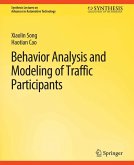
58,84 €**
44,95 €
**Preis der gedruckten Ausgabe (Broschiertes Buch)
Sofort per Download lieferbar
VersandkostenfreieBook, PDF
1. Juni 2022
Springer International Publishing
58,84 €**
44,95 €
**Preis der gedruckten Ausgabe (Broschiertes Buch)
Sofort per Download lieferbar
VersandkostenfreiÄhnliche Artikel
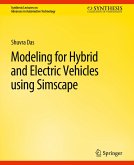
Broschiertes Buch
17. Mai 2021
Morgan & Claypool / Springer / Springer International Publishing / Springer, Berlin
978-3-031-00380-6
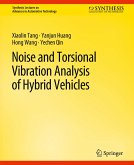
Broschiertes Buch
27. Dezember 2018
Morgan & Claypool / Springer / Springer International Publishing / Springer, Berlin
978-3-031-00370-7
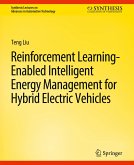
Broschiertes Buch
3. September 2019
Morgan & Claypool / Springer / Springer International Publishing / Springer, Berlin
978-3-031-00375-2
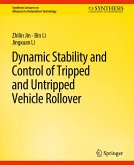
Broschiertes Buch
30. Mai 2019
Morgan & Claypool / Springer / Springer International Publishing / Springer, Berlin
978-3-031-00372-1
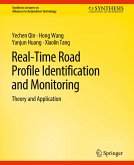
Broschiertes Buch
Theory and Application
22. Januar 2019
Morgan & Claypool / Springer / Springer International Publishing / Springer, Berlin
978-3-031-00371-4
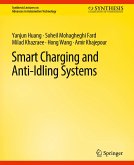
Broschiertes Buch
4. Juni 2018
Morgan & Claypool / Springer / Springer International Publishing / Springer, Berlin
978-3-031-00369-1
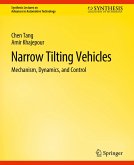
Broschiertes Buch
Mechanism, Dynamics, and Control
8. Juli 2019
Morgan & Claypool / Springer / Springer International Publishing / Springer, Berlin
978-3-031-00373-8
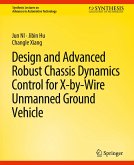
Broschiertes Buch
4. Januar 2018
Morgan & Claypool / Springer / Springer International Publishing / Springer, Berlin
978-3-031-00368-4
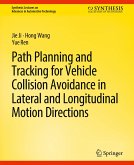
Broschiertes Buch
9. Oktober 2020
Morgan & Claypool / Springer / Springer International Publishing / Springer, Berlin
978-3-031-00379-0
Ähnlichkeitssuche: Fact®Finder von OMIKRON
